If you think Tesco’s in trouble, take a look at Carrefour. As profits keep plummeting, another radical strategy rethink is on the cards
So you thought Tesco had it bad. Spare a thought for Carrefour. Last week, outgoing CEO Lars Olofsson mothballed the expensive Carrefour Planet refurb programme after 2011 operating profits slumped by 19.2%.
Carrefour spent €369m last year fitting out the Planet stores, which feature theatrical food displays, wider aisles and nurseries. The revamps have fallen flat on their faces. Since opening, the 81 Planet stores in the estate have experienced a 1.4% fall in sales. Oops.
The French supermarket faces many of the same challenges as Tesco. However, as it awaits the arrival of Georges Plassat, the former head of French clothing retailer Vivarte, as its fourth CEO in eight years, Carrefour has deeper troubles to tackle.
Carrefour pioneered the supermarket format in Europe, opening its first hypermarket near Paris in 1963. Tesco followed with the first UK superstore in Crawley in 1968.
Almost 50 years on, the format that helped Carrefour and Tesco build the second and third-biggest grocery empires in the world now looks like a handicap. Big is no longer beautiful in grocery. Ranking its convenience, supermarket and hypermarket stores, Carrefour CFO Pierre-Jean Sivignon said last week: “The most profitable of the three formats is proximity, followed by supermarkets, and the bronze medal goes to hypermarkets.”
Given that profitability mix, Carrefour’s estate is weighted in the wrong direction - about 60% of its sales still come from its hypermarkets.
Tesco has a similar structural problem. Although it has more than 1,100 Express c-stores in the UK, Extras account for over 40% of its space in the country. “Both chains have out-of-town supermarkets that are underperforming and non-food sales shifting online,” says Planet Retail analyst David Gray.
Both have unnerved the markets of late with some poor figures. Over Christmas Tesco experienced a 2.3% drop in UK like-for-like sales, excluding VAT and petrol, prompting a slump in its share price from 385p to 323p in a single day. Carrefour’s share price has fallen even further, by over 40% in the past year, to €0.19 after issuing five profit warnings.
However, it would be misleading to put both in the same basket. Carrefour is heavily exposed to weaker southern EU markets whereas Tesco’s only weak spots on the Continent are Ireland and Hungry. Carrefour incurred a €2.2bn impairment charge in 2011 related largely to the poor performance of its Italian business and Greece was highlighted as a key factor behind the retreat in operating profits. By contrast, Tesco’s weak UK Christmas sales were compensated for by an 8.2% uplift in international sales boosted by strong growth in central Europe and Asia.
At home there are fundamental differences as well. Carrefour has expanded into more non-food categories, such as automobiles and bikes, which have struggled in the face of tough competition from specialists and online retailers.
“They reinvented their hypermarkets and almost went to a department store model catering for a number of new shopping missions,” says Simon Hathaway, former European CEO of Saatchi & Saatchi X, the retail consultancy that helped develop Carrefour’s Planet format in Italy. “The concern there was that in the categories they were moving into, like homeware, there are a number of huge category killers like Ikea that they were brought into competition with. Carrefour’s core area is grocery. They overstretched themselves.”
By investing in its hypermarkets, Carrefour has also failed to improve its price image. “Price perception has remained unchanged,” admitted Olofsson last week. A worrying admission given that rival Leclerc, which is pursuing a very aggressive strategy on price, has set itself the goal of overtaking Carrefour’s French market share within three to four years. “Carrefour is perceived to be too expensive and the Planet stores reinforced that,” says Espirito Santo analyst Richard Cathcart.
Bottom of the growth pile
It is not the same story for Tesco. Reinvestment in the domestic business and continued success abroad is expected to make Tesco the fastest-growing of the biggest four international supermarkets in coming years, according to an IGD report this week. It predicted Tesco would grow by 6.8% a year between 2012 and 2015.
Meanwhile, Carrefour is forecast to be at the bottom of the growth pile behind Metro, Walmart and Tesco, increasing sales by 4.21% a year.
Plassat, who joins in June, is widely tipped to bring price back to the top of the agenda.
By pulling the plug on the Planet refurbishments, which were initially intended to be rolled out to all the 500 hypermarkets in its top five European markets, Carrefour will be able to bring down costs and free up resources to tackle price perception. Largely as a result of putting Planet on ice, Carrefour has already predicted a lower capex of €1.6bn-1.7bn this year, compared with €2.3bn last year. “Plassat will take the helm of a business determined to support domestic growth with a greater focus on price,” says IGD.
Carrefour is also likely to move a lot of non-food online and pursue click & collect. “Plassat has a lot of non-food and online experience that makes him well placed to build a successful multi-channel approach,” says Gray.
That strategy is likely to leave excess space that Hathaway suggests could be filled by outside partners. “If they do have a surplus of space they could bring in other outlets and services to fill it, allowing a new source of revenue,” he adds.
Tesco has its own big box challenge - but it is not so severe, adds Gray. “Tesco has been underperforming whereas Carrefour has been failing.” S







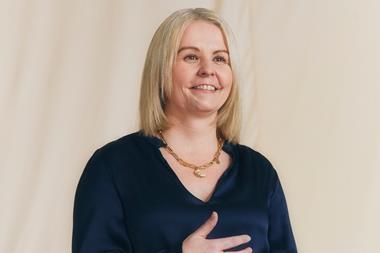
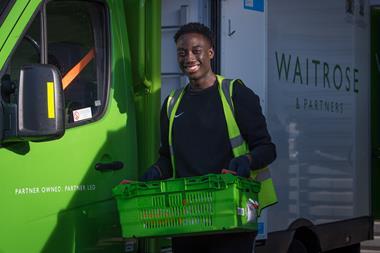
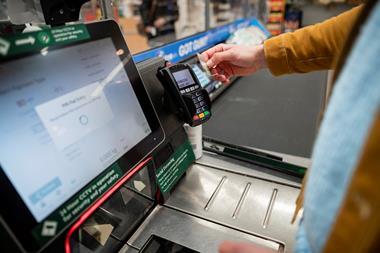
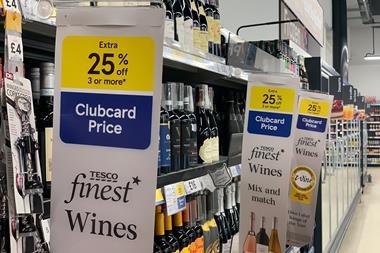
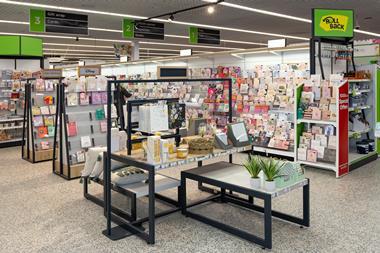
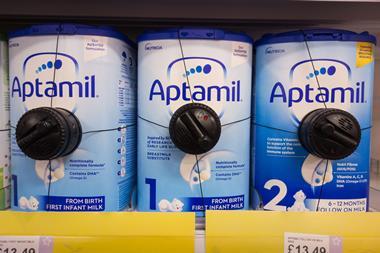
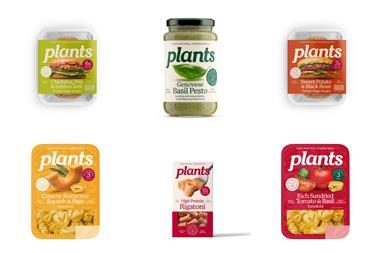

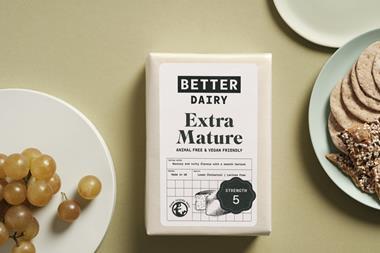


No comments yet